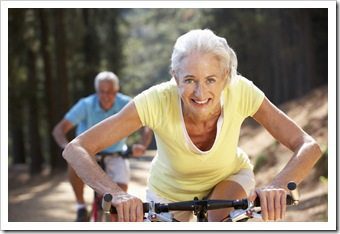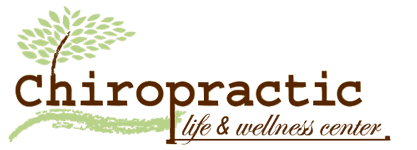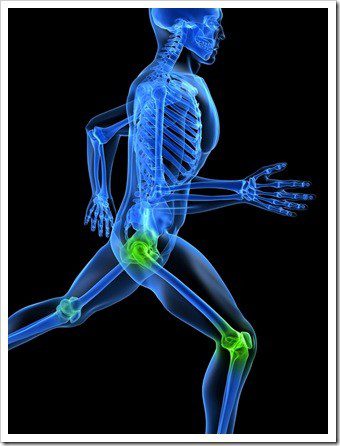Posts Tagged ‘Joint Stiffness New Fairfield CT’
Welcome to Chiropractic Life and Wellness Center's Joint Stiffness New Fairfield CT Archive. Here you can learn more about Chiropractic Life and Wellness Center, Chiropractic, and Dr. Brandon Chorney, today's choice for Chiropractors in New Fairfield, CT. Read Dr. Brandon Chorney's Chiropractic Joint Stiffness New Fairfield CT for the health of it.
We look forward to serving you! Call - 203-746-6543.
The Sound Of Joint Flexibility

We all love movie soundtracks. The music can transport us right into the story and lift us high, allow us to cry, or give us reasons to hide under our covers in fear. Now just think about if our lives all had theme music playing in the background. In reality, the sound ...
Read More >>

